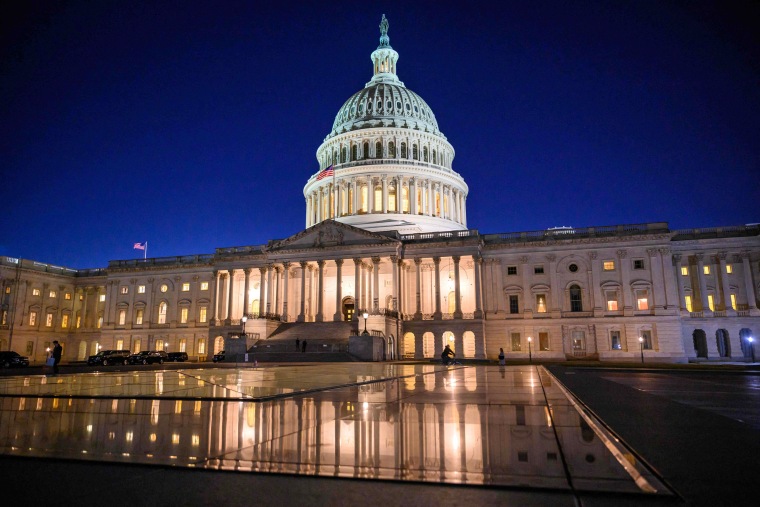Deficit Spending
The United States government is currently over $33 trillion in debt. This gross federal debt is primarily due to the occurrence of continuous deficit spending. The budget deficit is the difference between the money the federal government takes in, called receipts, and what it spends, called outlays each year. The U.S. government has run a multibillion-dollar deficit almost every year in modern history, spending much more than it takes in.
The federal deficit spending is expected to continue rising long-term, as the Congressional Budget Office has increased spending for welfare programs like social security. However, a deficit is not necessarily a bad thing. In fact, many economists believe that deficit spending is beneficial as long as the debt-to-GDP ratio remains under 77%. A deficit can be positive because the government expenditures put money into the pockets of people and into businesses that will grow our economy.
However, the issue that you have likely heard about recently on the news, is the matter of the debt limit. The U.S. is rapidly approaching a debt ceiling. If spending breaks this ceiling, there will be detrimental effects to our economy. This has led to an ongoing debate on capital hill surrounding solving this issue before it is too late. The majority of conservative members of congress want to implement plans to decrease spending, and are heavily opposed to the repetitive raising of the debt limit. However, many liberal members of congress do not think we can afford to decrease spending, and would rather raise the ceiling again. Both sides have valid arguments; however, a consensus needs to be reached soon. An actual break in the debt limit would cause serious damage to the U.S. economy.


Comments
Post a Comment